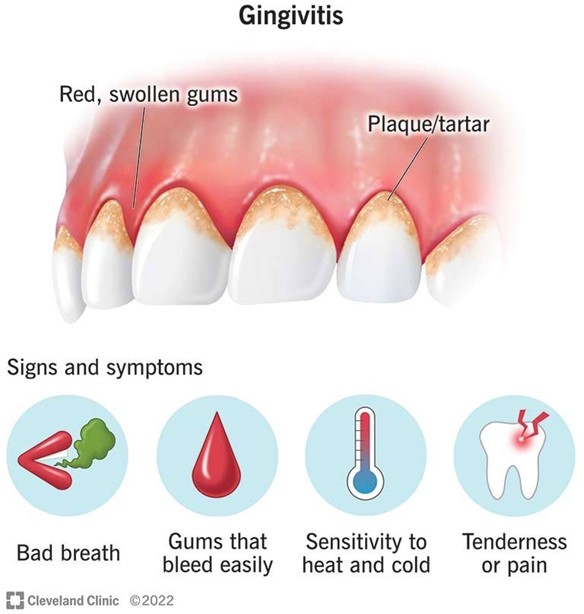While changing a client's postoperative dressing, the nurse observes purulent drainage at the site.
Before reporting this finding to the healthcare provider, the nurse should note which of the client's laboratory values?
Serum sodium level.
Hematocrit.
Neutrophil count.
Platelet count.
The Correct Answer is C
Choice A rationale:
Serum sodium level. Rationale: While electrolyte imbalances can be significant, in the context of purulent drainage at a postoperative site, monitoring serum sodium levels is not the top priority. Other laboratory values are more relevant in this situation.
Choice B rationale:
Hematocrit. Rationale: Hematocrit measures the proportion of red blood cells in the blood and is not directly related to wound drainage or infection. It is not the most relevant parameter to assess in this situation.
Choice C rationale:
Neutrophil count. Rationale: Neutrophils are a type of white blood cell that plays a key role in the body's immune response, particularly against bacterial infections. Elevated neutrophil counts can indicate an ongoing infection, so monitoring this value is important when assessing purulent wound drainage.
Choice D rationale:
Platelet count. Rationale: Platelet count measures the number of blood clotting cells in the blood and is not directly related to wound drainage or infection. It is not the most relevant parameter to assess in this situation.
Nursing Test Bank
Naxlex Comprehensive Predictor Exams
Related Questions
Correct Answer is ["A","B","D"]
Explanation
Choice A rationale:
Slower reaction time is a common age-related change in the neurological system. The processing of sensory information and response time may become slower in older adults due to changes in neural pathways and decreased neurotransmitter activity.
Choice B rationale:
Older adults may experience some difficulty with learning new things due to changes in cognitive function and neural plasticity. This is a common age-related effect on the neurological system.
Choice C rationale:
This statement is incorrect. Older adults typically have fewer neurotransmitters in their brains as they age, which can contribute to cognitive changes and a decline in cognitive function.
Choice D rationale:
Loss of some sense of smell and taste is an age-related change. Older adults may experience a decreased ability to detect and differentiate smells and tastes due to changes in olfactory and gustatory receptors.
Choice E rationale:
This statement is incorrect. Aging does not necessarily lead to an increase in oxygen delivery to brain cells. In fact, there may be a decrease in cerebral blood flow with age in some individuals.
Correct Answer is A
Explanation
a) Suggest an increase in fruits and vegetables is more beneficial.
In this scenario, the dentist is increasing the amount of dairy products in her diet with the aim of reducing the risk of gingivitis due to her family history of cancer. However, the practical nurse (PN) should respond by suggesting that an increase in fruits and vegetables would be more beneficial.
Fruits and vegetables are rich in essential vitamins, minerals, and antioxidants, which can help support overall oral health and reduce the risk of gingivitis. They provide a wide range of nutrients that are important for maintaining healthy gums and teeth.
While dairy products can contribute to overall dental health due to their calcium content, they should not be solely relied upon as the primary means of preventing gingivitis or reducing the risk of cancer. A well- rounded and balanced diet, including plenty of fruits and vegetables, is essential for optimal oral health.
Options b, c, and d are not directly related to the dentist's concern about gingivitis and the increased consumption of dairy products. Encouraging exercise (option b) is generally beneficial for overall health, but it does not specifically address gingivitis. Reminding the client to ensure dairy products are fortified with vitamin D (option c) is not necessary in this context, as the focus is on preventing gingivitis rather than addressing vitamin D deficiency. Providing writen information about the warning signs of cancer (option d) is not directly relevant to the dentist's current situation and concern about gingivitis.

Whether you are a student looking to ace your exams or a practicing nurse seeking to enhance your expertise , our nursing education contents will empower you with the confidence and competence to make a difference in the lives of patients and become a respected leader in the healthcare field.
Visit Naxlex, invest in your future and unlock endless possibilities with our unparalleled nursing education contents today
Report Wrong Answer on the Current Question
Do you disagree with the answer? If yes, what is your expected answer? Explain.
Kindly be descriptive with the issue you are facing.
